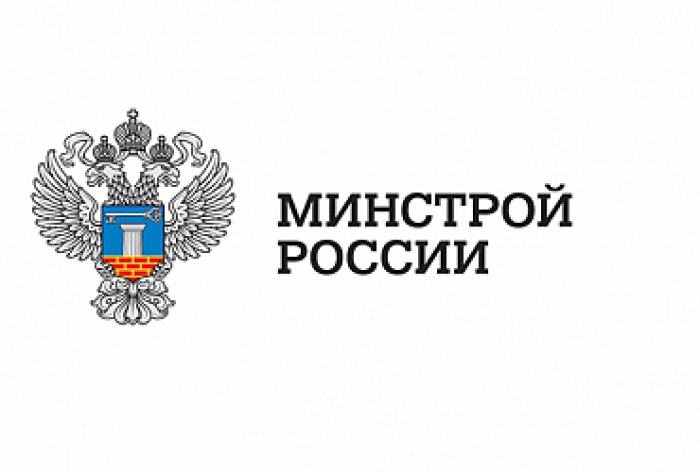В статье излагаются наиболее важные аспекты и приводятся основные результаты расчёта и проектирования гравитационной подпорной стенки железобетонной уголковой с передней консолью и массивной армированной бетонной на сейсмическую нагрузку. Даётся сравнительный анализ проведенных расчетов для эксплуатационного случая при статической и сейсмической нагрузке для широкого диапазона исходных данных. Подчёркивается, что при проектировании основания подпорной стенки не допускается разжижение песчаных грунтов засыпки и подушки в её основании, что приведёт к катастрофической потере несущей способности грунтов основания и устойчивости подпорной стенки. Для повышения устойчивости структуры песчаных грунтов процессу разжижения должны применяться разработанные автором эффективные вибродинамические методы их уплотнения.
The article outlines the most important aspects and summarizes the main results of the calcula-tion and design of a gravitational retaining wall reinforced concrete corner with a front con-sole and massive reinforced concrete on the seismic load. A comparative analysis of the calcu-lations for the operational case with static and seismic load for a wide range of input data is given. It is emphasized that during the design of the base of the retaining wall it is not al-lowed to liquefaction the sandy soils of the backfill and cushion at its base, which will lead to a catastrophic loss of the bearing capacity of the base soils and the stability of the retaining wall. To increase the stability of the structure of sandy soils, the liquefaction process should be applied by effective vibrodynamic methods of their compaction, developed by the author.

